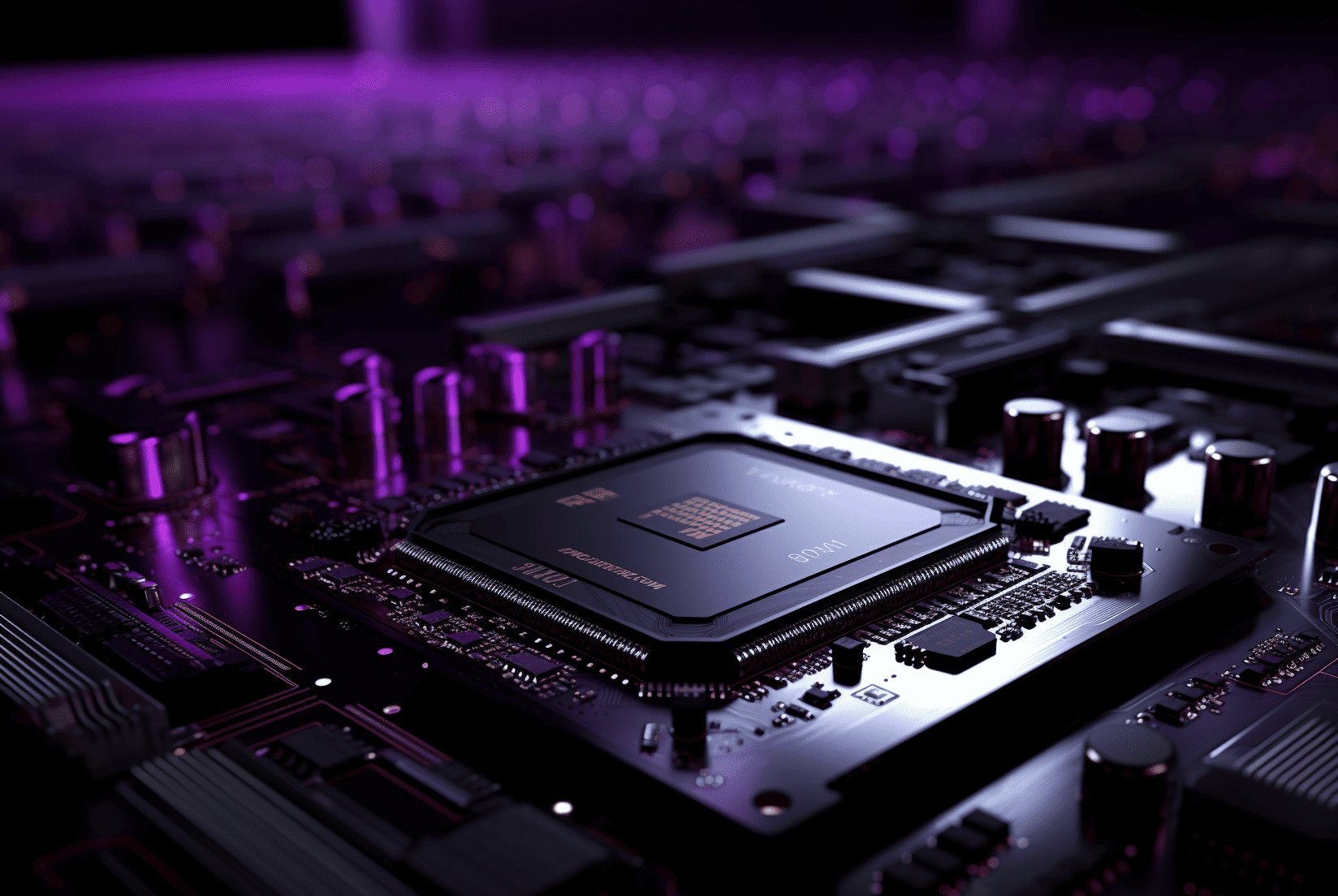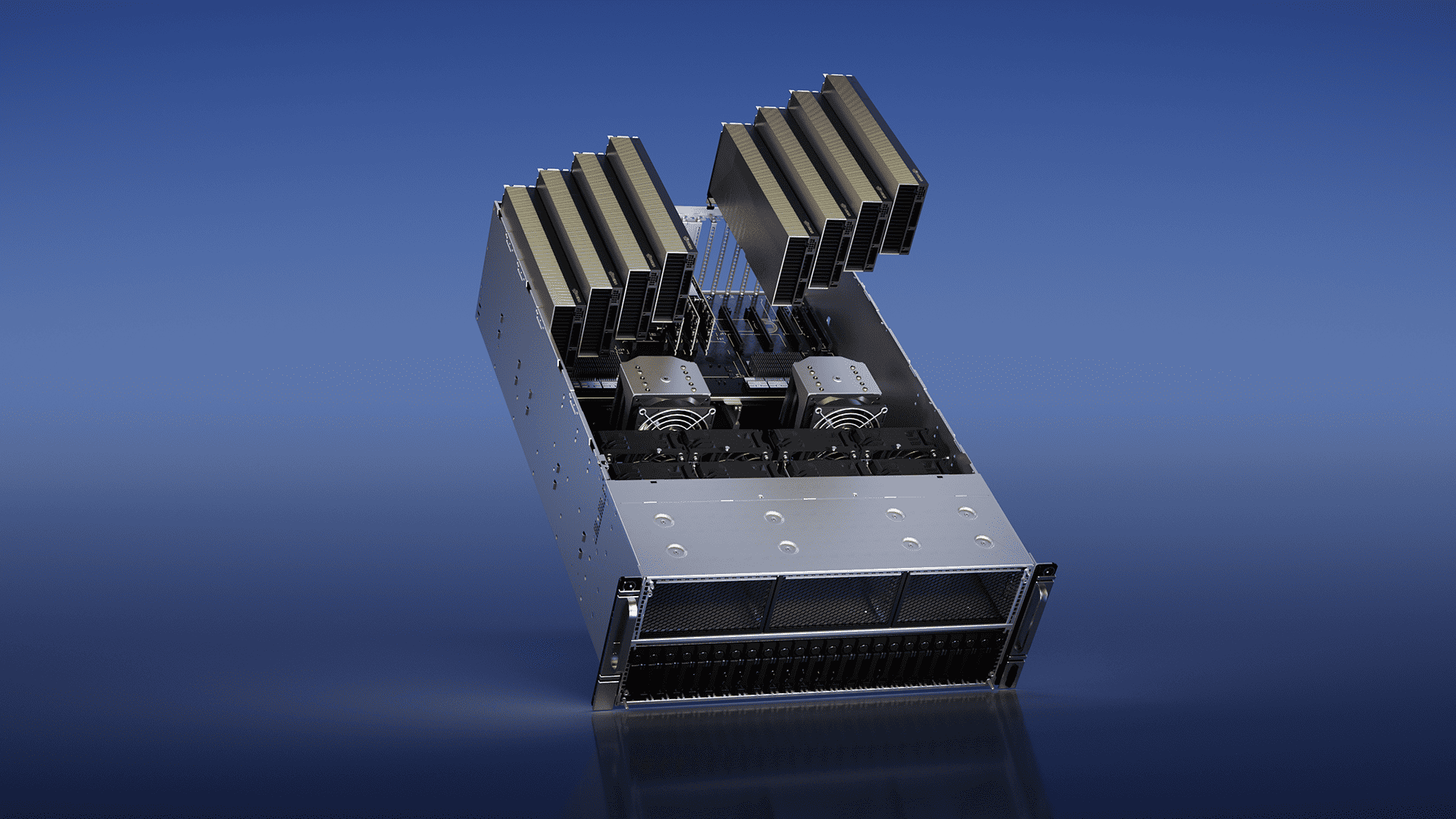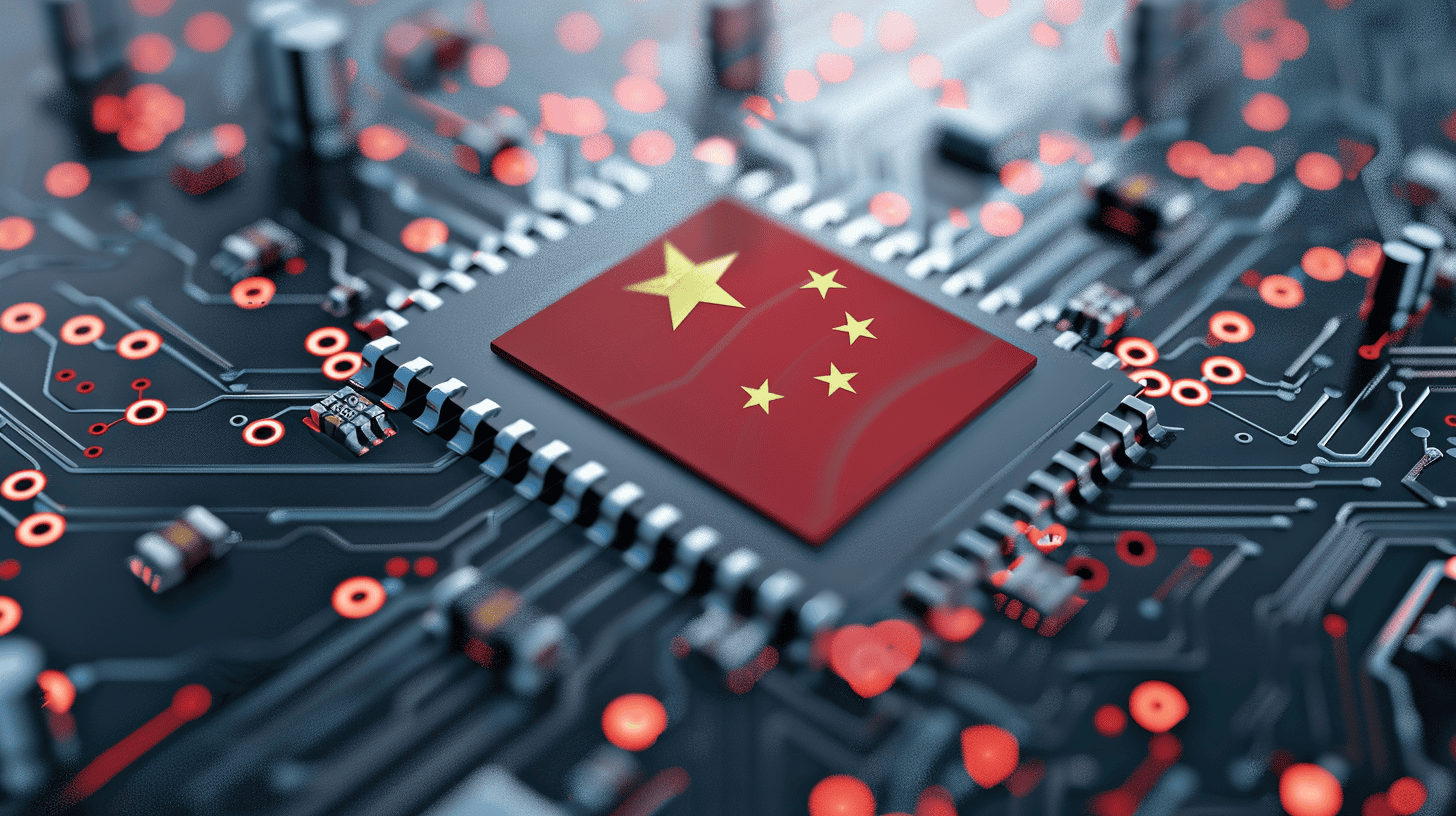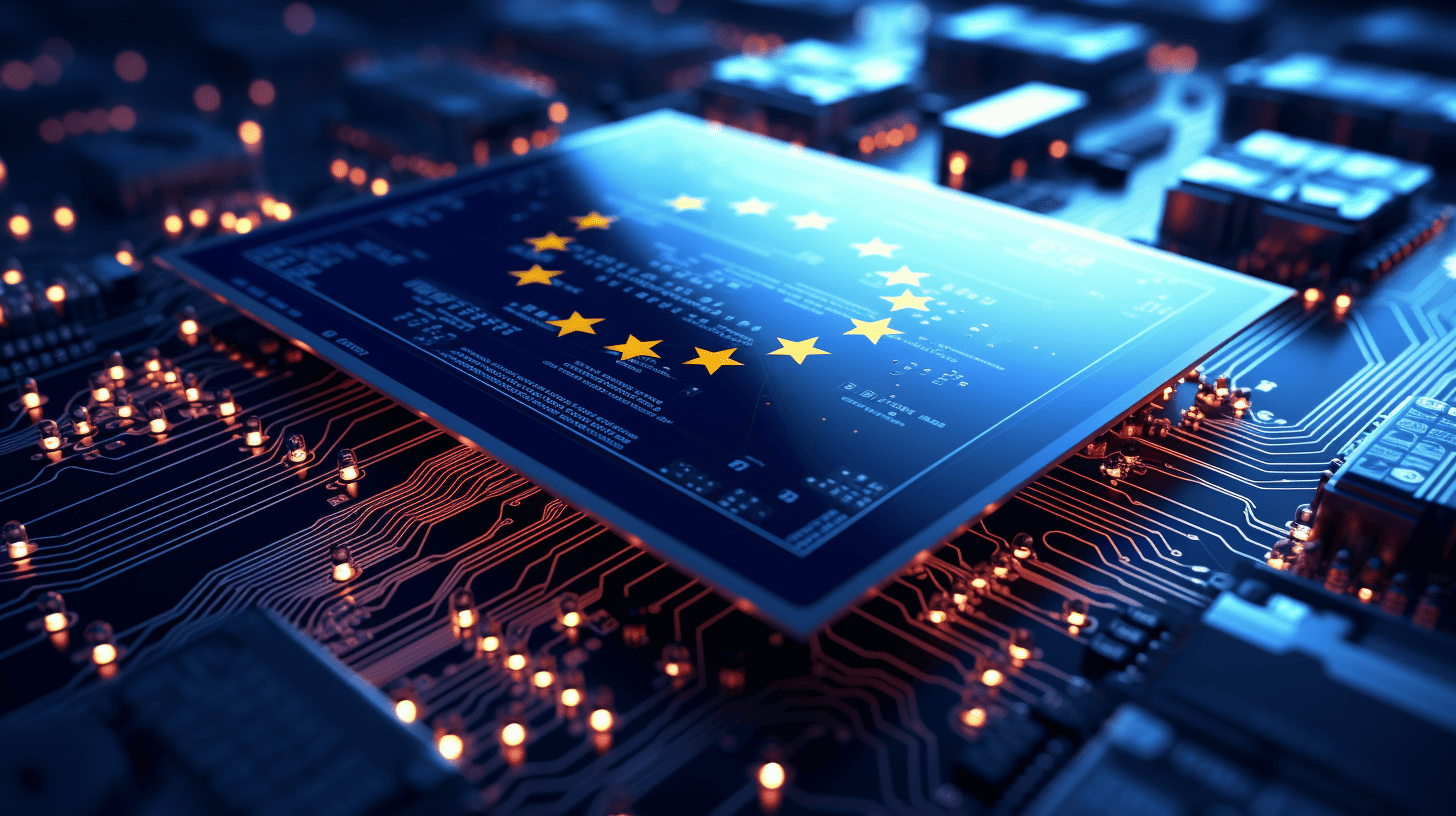
To deal with recent US export restrictions, Nvidia is planning to release three new GPUs in China. The new chips, named H20, L20, and L2, are designed to circumvent US performance limits. The H20 is expected to offer 96GB of memory and 296 teraFLOPS of FP8 performance. One of the new GPUs is even reported to outperform Nvidia’s flagship H100 by 20 percent in certain tasks. These developments come as part of Nvidia’s response to new US sanctions that have affected a large portion of its data centre GPU portfolio. The company, which earns a quarter of its data centre chip revenue from China, is not alone, with Intel and AMD also working on sanctions-compliant chips for the Chinese market.
- Nvidia launches H20, L20 PCIe, and L2 PCIe GPUs in China, avoiding new US export restrictions.
- One new GPU reportedly outperforms Nvidia’s flagship H100 model by 20% in AI tasks.
- US restrictions drive China’s push for domestic chip production, impacting global tech and economic landscape.
The introduction of these chips marks a critical move for Nvidia, which has seen its sales prospects in China diminish due to the updated US export regime. The new GPUs, while compliant with the restrictions, are said to nimbly dodge the performance caps imposed by US authorities. For instance, the H20 GPU boasts a substantial 96GB of memory and offers 296 teraFLOPS of FP8 performance, positioning it as a compelling option for Chinese clients in need of high-performance computing solutions.
Technical adjustments and market implications
Analysts have noted that the technical specifications of these GPUs have been carefully adjusted to stay within the boundaries of the new rules. While the H20, L20 PCIe, and L2 PCIe chips have reduced computing power measures, it’s reported that one of them might be operating in a regulatory grey area and could require a license. Despite these adjustments, Nvidia has managed to create a chip reported to surpass its own H100 model by 20 percent in inferencing tasks involving large language models, a critical function in the field of artificial intelligence.
This development is not without its risks. The effort to tailor chips to the Chinese market may invite further scrutiny and regulatory action from the US government. Nvidia’s strategy appears to be a high-stakes balancing act: maintaining its significant market share in China’s AI chip market, which commands more than 90% of the $7 billion AI chip market, while navigating the complex geopolitical landscape shaped by US-China tensions.
Competitive landscape and Nvidia’s silence
With the A800 and H800 models—earlier “crippled” versions of the A100 and H100 that were just within the limits of export restrictions—now banned in China, Nvidia’s new offerings signal a determination to retain its foothold in a market that contributed as much as a quarter of its data centre chip revenue. However, Nvidia’s reticence on its long-term strategy hints at the precariousness of its position, as any misstep could exacerbate tensions with US regulators or accelerate China’s development of competing technology.

The main threat looms large: China’s potential to cultivate its own chip technology in response to US sanctions. Firms like Baidu have already placed significant orders for Huawei AI chips this year, preparing for a future that may lean less on Nvidia’s offerings. Domestic companies such as Huawei Technologies stand to gain from the US curbs, which could inadvertently foster a more self-reliant Chinese semiconductor industry.
Global repercussions and the race for innovation
While the immediate focus is on the Chinese market, the wider implications of this “chip war” cannot be overlooked. The US restrictions aim to safeguard national security by curtailing China’s access to advanced semiconductors, particularly those with potential military applications. However, this approach carries the risk of stifling innovation and disrupting the global tech supply chain, which may, in turn, exacerbate worldwide chip shortages and impact the global economy.
Europe, caught in the middle of this trade dispute, is weighing its economic ties with China against US pressure to restrict technology exports. The situation underscores the complex interplay between technology, trade, and geopolitics, with each move on the chessboard having far-reaching consequences.







